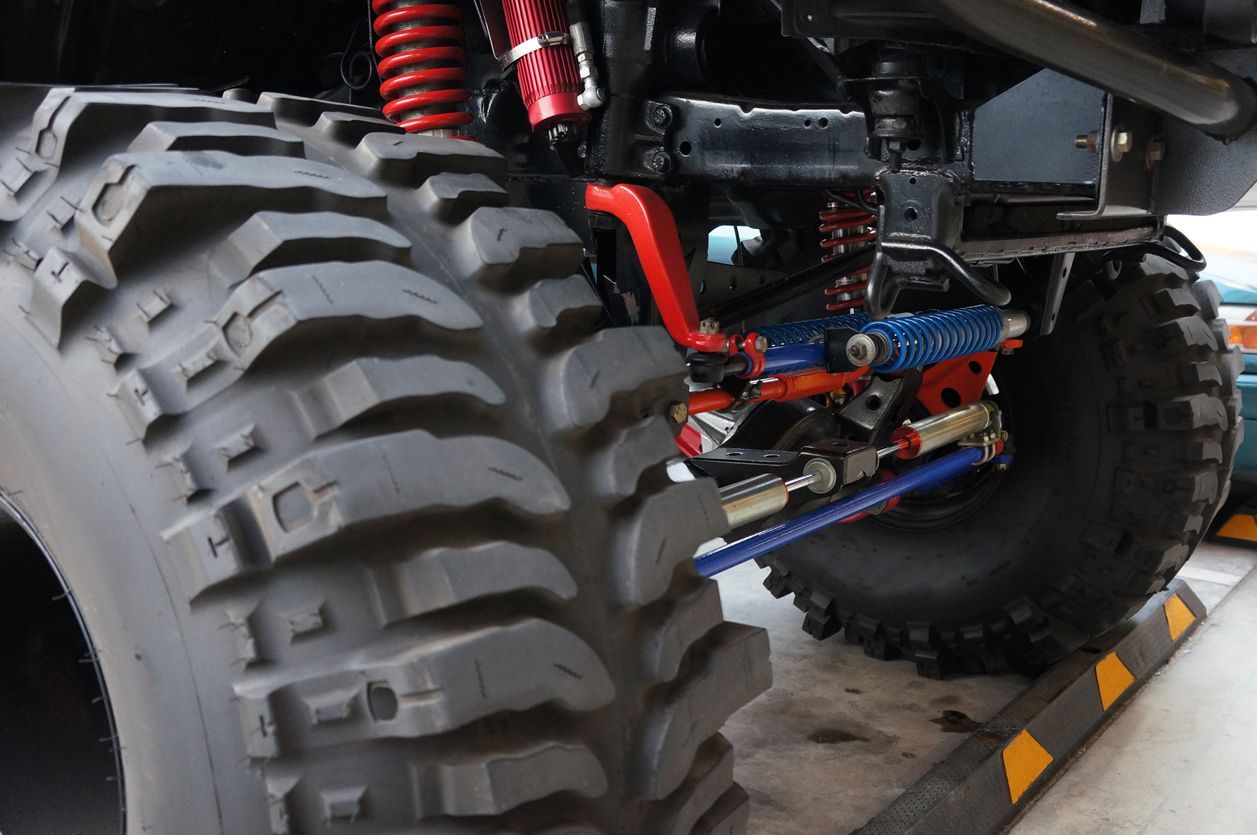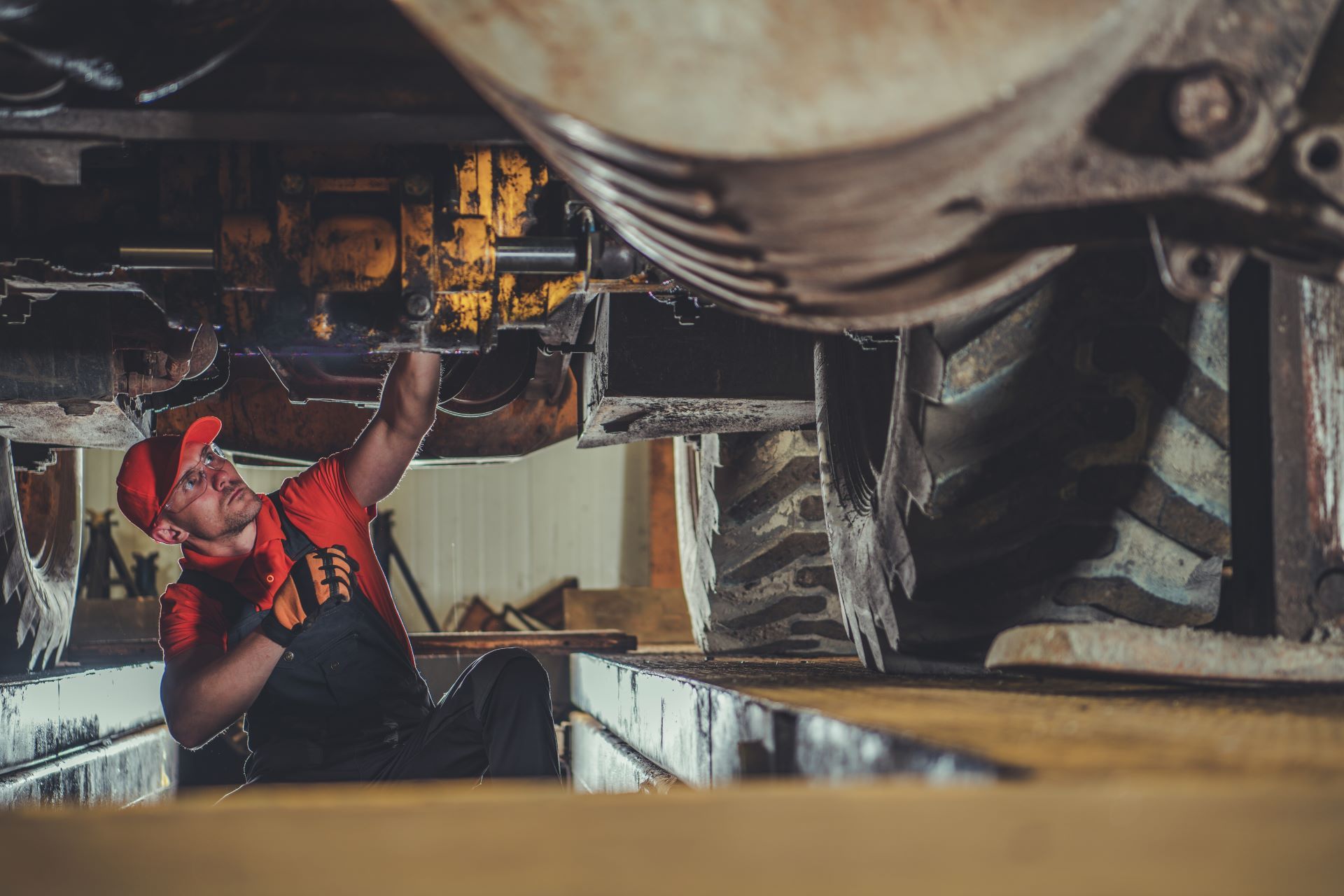Signs of Bad Suspension and How to Spot Them
Mar 27, 2023
Your truck's suspension system is intricate and composed of numerous pieces. They consist of ball joints, struts, springs, and shock absorbers. These parts work alongside your wheels and tires and influence how your truck handles the road. The suspension system also aids in preventing damage to your truck, particularly while driving over bumps and uneven terrain. Bad suspensions on a truck can lead to a whole host of issues, including considerable damage to your vehicle.
Your truck's suspension system puts in a lot of effort to maintain driving comfort by minimizing the impact of road imperfections and maximizing traction by positioning the wheels as much as possible on the road. But can you tell when your suspensions are faulty?
In this article, we will help you understand the common signs of bad suspensions and highlight a few DIY tips on how you can regularly check your truck's suspension system. Let's dive in.

Watch For These Signs Of Bad Suspension
Many people don't pause to think much about their truck's suspension, but when it begins to exhibit issues, it can be difficult to think about anything else. Without a doubt, the bumps and jolts on the road can be uncomfortable, but with a poor suspension, the situation jumps to a whole new level.
Here are some common signs of a bad suspension:
Uneven Tire Wear
If you usually get your tires rotated regularly, you'll notice that they will often wear out at the same rate. Also, the tire's ground-contact areas should all experience equal wear. However, if you see one tire that's more spent than the rest or that the wear on every tire is irregular, you may have a faulty suspension that causes your truck not to hold up evenly.
PRO TIP: You can always tell how quickly your tires degrade if your truck's struts aren't effectively absorbing bump impact — uneven impact on your truck results in uneven tire tread.
Excessive Bouncing on Bumps and Potholes
The suspension system's primary function is to make the ride more comfortable. It is made to help absorb road imperfections, such as cracks and speed bumps, so that you may ride steadily. If you start feeling every bump and rock on the road, it is a clear indication that your suspension system has seen better days.
If left unchecked, you might notice the nose dipping too forward when braking. Understandably, this will make your truck less pleasant to drive, but since the weight of the truck is jumping and "wobbling" around while you drive, it may also affect how balanced the handling is.
Vibrations in the Steering Wheel, Seat, or Floorboard While Driving
The steering wheel is crucial since it allows you to control the truck while it is moving, so any issues here could put you in danger of an accident. When the steering wheel starts shaking at high speeds or when you keep a specific speed, the culprit is often a faulty suspension. Therefore, check the suspension system thoroughly because shaking like this usually results from rusted parts, worn-out shocks, weak connections, and driveshaft imbalance.
DIY Tips for Checking Your Truck's Suspension System
No truck lasts forever; even the most diligent driver may eventually have a suspension problem. As such, you should try harder to maintain your truck's suspension system.
Below are a few tips on how to check your suspension system:
- Inspect tire treads: When you rotate your tires, check the treads on each one. To ensure optimum grip, they should be at least 1/8 of an inch wide; deeper treads are required for snowy conditions. If the treads exhibit uneven wear, your car most likely requires wheel and tire alignment.
- Maintain proper tire inflation: Ensure your tires are inflated properly and evenly. If one corner still appears to sag, place your full weight on the truck's boot and watch how the suspension reacts. A cracking or screeching sound indicates that your suspension needs to be inspected by a professional.
- Inspect the wheel well: This includes the space between the tire and the body. If your suspension system is in good condition, you'll notice the space is the same all around.
Don't Let Bad Suspensions Suspend Your Daily Routine. Call Cush Corp Today
It's critical to take the time to identify suspension problem signs since doing so could be the difference between a pleasant and a risky drive. The majority of suspension problems, if left undiagnosed and untreated, are very likely to cause damage to other truck parts and substantially raise your repair costs over time.
If you notice any of these suspension issues, contact Cush Suspensions for a suspension upgrade. Our qualified suspension repair technicians will optimize your vehicle's power with a custom suspension kit.
WHY CUSTOMERS CHOOSE CUSH
Unlike Our Competitors, We Actually Have a Custom Solution
We Listen
It's that simple. We want to help identify any issues or areas for improvement that will help your business be more successful!
Innovative & Agile
The heavy-duty suspension market hasn't changed in decades, so we decided to do something about that!
Turn-Key Solutions
We identify and resolve potential issues before they occur, engineering the best suspension solution for your needs!
TESTIMONIALS
Hear What Our Customers Are Saying

“Cush’s value added and creative out of the box attitude has been key to Globe Trailers production and highly customized trailer suspension needs. Whenever there has been a need, Cush has not let us down.”
VP of Engineering, Globe Trailer
Jeff Walters Jr.
Button
“Cush has always delivered when asked to provide suspensions on short notice.”
VP Equipment & Maintenance, Groendyke Transport
Don Querciagrossa
Button
"Nice friendly people good place to work and can help you with any type of air ride suspension needs."
Luco Harris
Button
CONTACT CUSH
Reach Us By Filling Out The Form Below
Quick Links
Address
1001 Falconcrest Court
Nixa, MO 65714
Toll Free: 877.786.6247
Local: 417.724.1239
Fax: 417.724.0126
@2024 CUSH SUSPENSIONS | Web Design by Tekkii




